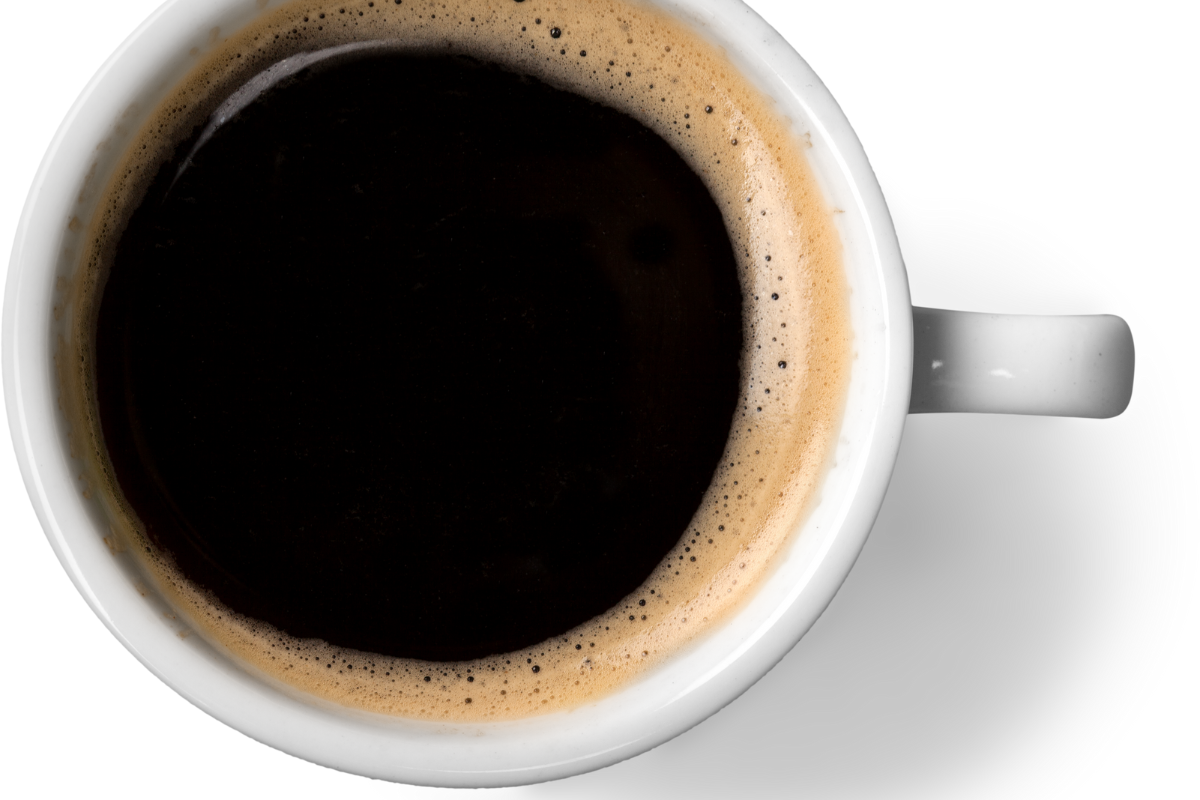Espresso, the rich, concentrated foundation of countless coffee drinks, often feels like the exclusive domain of skilled baristas in bustling cafés. Its intense flavor, velvety crema, and precise extraction process can appear intimidating, leading many home coffee enthusiasts to shy away from attempting it themselves. Yet, with the right knowledge and a few key techniques, unlocking espresso perfection at home is not only achievable but immensely rewarding. Moving beyond basic machine operation and understanding the nuances of grind, dose, and tamp are crucial first steps in transforming your kitchen into your personal espresso bar.
Imagine pulling a shot of espresso with a thick, tiger-striped crema, a concentrated burst of flavor that perfectly balances sweetness, acidity, and bitterness. Envision crafting lattes and cappuccinos that rival your favorite coffee shop, all from the comfort of your home. This level of espresso mastery isn’t just for professionals; it’s within reach for any beginner willing to learn the foundational “pro tips.” The journey from a watery, sour shot to a glorious, balanced espresso is a thrilling one, filled with delicious discoveries and a deeper appreciation for this complex beverage.
This article is your ultimate guide to achieving espresso perfection at home, tailored specifically for beginners. We’ll break down the essential equipment, demystify crucial variables like grind size and dose, and provide clear, actionable pro tips for pulling consistently excellent shots. From understanding the perfect tamp to recognizing extraction flaws, this guide will empower you to overcome common hurdles and confidently craft café-quality espresso in your own kitchen. Get ready to elevate your coffee game and impress yourself with every rich, aromatic sip.
Essential Gear: Your Espresso Arsenal
While high-end machines can be intimidating, you don’t need a professional setup to start. Focusing on a few key pieces of quality equipment is paramount.
1. Espresso Machine
- Semi-Automatic Machines: These are ideal for beginners. They heat water to the correct temperature and pump it through the coffee, but you control the grind, dose, and tamp. This offers the perfect balance of automation and hands-on learning. Brands like Gaggia, Rancilio, or Breville (DeLonghi for entry-level) are popular choices.
- Boiler Type:
- Single Boiler: Affordable, but you’ll need to wait for temperature changes between brewing and steaming.
- Heat Exchanger (HX): Allows for simultaneous brewing and steaming, offering better efficiency.
- Dual Boiler: Top-tier for home use, providing independent temperature control for brewing and steaming, offering ultimate precision but at a higher cost.
2. Burr Grinder (Non-Negotiable!)
- Crucial for Espresso: This is arguably the most important piece of equipment after the machine. A quality burr grinder (conical or flat burr) is essential for producing the fine, consistent grind required for espresso.
- Why it Matters: Blade grinders “chop” coffee inconsistently, creating a mix of fine dust (leading to bitterness) and large chunks (leading to sourness and under-extraction). A consistent fine grind is the foundation of a good espresso.
- Espresso-Specific: Look for grinders specifically designed for espresso that offer micro-adjustments for grind size.
3. Portafilter and Baskets
- Portafilter: The handle and filter holder your machine uses. Most home machines come with standard portafilters.
- Baskets: These hold the ground coffee.
- Pressurized Baskets (Often Included): Designed to create crema even with inconsistent grinds or older beans. Good for beginners but mask flaws.
- Non-Pressurized (Single Wall) Baskets: Require a precise grind and tamp but allow for true espresso extraction, revealing the coffee’s true quality. This is what you’ll aim for as you progress.
4. Tamper
- A sturdy, comfortable tamper is vital for compacting your coffee grounds evenly. Many machines come with plastic tampers; upgrading to a heavier, metal tamper will significantly improve your tamping consistency.
5. Digital Scale (with Timer)
- For Precision: Essential for accurately measuring your coffee dose (in grams) and the espresso yield (in grams). A built-in timer helps you track extraction time.
6. Small Pitcher
- For steaming milk if you plan on making lattes or cappuccinos.
Pro Tips for Beginners: Mastering the Variables
Espresso brewing is a dance between several interconnected variables. Understanding and controlling them is key to consistent perfection.
Pro Tip 1: The Golden Ratio – Dose, Yield, and Time
Think of espresso as having a “recipe” based on weight and time.
- Dose (Input): The amount of dry coffee grounds in your portafilter. For a double shot, start with 18-20 grams. Consistency here is critical.
- Yield (Output): The weight of the liquid espresso in your cup. For a double shot, aim for 36-40 grams. This is a 1:2 ratio (dose:yield).
- Time (Extraction Duration): The time it takes for the espresso to extract. Aim for 25-30 seconds from the moment you hit the brew button (or when the first drops appear, depending on your machine/preference).
- Why it Matters: This trifecta is the core of espresso calibration. Adjusting one impacts the others. Your goal is to find the grind setting that, for your chosen dose, hits your target yield within the desired time.
Pro Tip 2: Grind Size is Everything (Seriously!)
This is the most impactful variable you’ll adjust to control extraction.
- Too Fine: If your espresso pulls slowly (over 30 seconds) or chokes the machine, your grind is too fine. The water struggles to pass through, leading to over-extraction, bitterness, and potentially a very small yield.
- Too Coarse: If your espresso pulls too quickly (under 20 seconds) and looks watery, your grind is too coarse. Water rushes through, leading to under-extraction, sourness, and a large yield.
- The Sweet Spot: The ideal grind for espresso should feel like finely ground sugar or table salt, but this will vary slightly depending on your beans and grinder.
- Adjusting: Make small adjustments to your grinder. Even a single click can make a significant difference. You’ll likely need to adjust your grind setting every time you get a new bag of beans, as different coffees behave differently.
- Why it Matters: Grind size directly dictates the resistance water encounters as it travels through the coffee bed, controlling extraction time and flavor balance.
Pro Tip 3: The Art of the Tamp (Even and Level)
Tamping compresses the coffee grounds into a dense, even puck.
- Level is Key: Ensure your tamp is perfectly level. An uneven tamp will lead to “channeling,” where water finds paths of least resistance, resulting in uneven extraction (some parts over-extracted, others under-extracted).
- Consistent Pressure: Apply firm, consistent pressure. While specific force isn’t as critical as consistency, aim for around 20-30 pounds of pressure (about the amount you’d use to press down on a bathroom scale).
- Polish (Optional): A slight twist of the tamper at the end can polish the surface, but don’t overdo it.
- Why it Matters: A well-tamped, level puck ensures that water flows evenly through the entire coffee bed, leading to uniform extraction and a balanced shot.
Pro Tip 4: Pre-Heating Your Everything (Thermal Stability)
Espresso machines operate at very high, precise temperatures. Don’t waste that heat!
- Warm Up Your Machine: Turn on your espresso machine well in advance (at least 15-20 minutes, or even longer for larger machines) before you plan to pull a shot.
- Heat Your Portafilter: Run a blank shot (without coffee) through your portafilter and into the group head. This heats the portafilter, basket, and group head, preventing them from “stealing” heat from your espresso.
- Warm Your Cup: Place your espresso cup on top of the machine (if it has a cup warmer) or rinse it with hot water just before brewing.
- Why it Matters: Maintaining consistent temperature throughout the brewing process is crucial. Cold components will reduce the brewing temperature, leading to under-extraction and sour flavors.
Pro Tip 5: Freshness is Your Friend (Beans Matter)
The quality of your beans directly impacts your espresso.
- Freshly Roasted: Use freshly roasted coffee beans, ideally 5-14 days off the roast date. Coffee needs time to de-gas after roasting, but too much time leads to staleness.
- Whole Beans: Always buy whole beans and grind them just before pulling your shot. Pre-ground coffee loses its aroma and flavor rapidly.
- Storage: Store beans in an airtight container away from light, heat, and moisture. Avoid the refrigerator or freezer for daily use.
- Why it Matters: Fresh beans contain the right amount of CO2 (for crema) and aromatic compounds. Stale beans produce poor crema and flat, lifeless shots.
Troubleshooting Your Shots: Learning from Your Brews
Every shot is a learning opportunity. Pay attention to the signs your espresso gives you.
Shot Pulls Too Fast (Under 20 seconds, watery, sour)
- Appearance: Pale, thin crema that dissipates quickly; liquid flows like a river.
- Taste: Sour, weak, watery, underdeveloped.
- Problem: Under-extraction.
- Solution: Grind finer. Increase your dose slightly. Tamp with a bit more pressure/consistency.
Shot Pulls Too Slow (Over 35 seconds, drips, bitter)
- Appearance: Very dark, often burnt-looking crema; liquid drips or flows very slowly.
- Taste: Bitter, acrid, burnt, drying astringency, rubbery.
- Problem: Over-extraction.
- Solution: Grind coarser. Decrease your dose slightly. Ensure you’re not tamping too hard (though consistency is more important than extreme force).
Uneven Extraction (Channeling)
- Appearance: Water spurts erratically from one part of the portafilter; light and dark streaks in the flow.
- Taste: A mix of sour and bitter, indicating uneven extraction.
- Problem: Uneven grind, uneven tamp, or an unlevel coffee bed.
- Solution: Ensure your grind is consistent. Tamp perfectly level. Distribute the grounds evenly in the basket before tamping (e.g., using a WDT tool or gentle tapping).
No or Little Crema
- Appearance: Black liquid, very thin or absent tan layer on top.
- Taste: Flat, lifeless.
- Problem: Stale coffee beans, grind too coarse, water temperature too low, low brewing pressure.
- Solution: Use fresher beans. Grind finer. Pre-heat everything thoroughly. Check your machine’s pressure if possible.
Your Home Barista Journey Begins Now
Unlocking espresso perfection at home is a journey of precision, patience, and sensory exploration. It’s a craft that rewards attention to detail and a willingness to learn from every shot. By understanding the critical interplay of dose, grind, tamp, and temperature, and by committing to fresh, quality beans, you empower yourself to consistently pull rich, balanced, and beautifully crema-topped espresso shots that rival your favorite coffee shop.
Don’t be intimidated by the initial learning curve. Embrace the process, experiment with small adjustments, and taste often. Each shot you pull is a step forward in your barista journey. Soon, you’ll be confidently crafting a wide array of espresso-based drinks, elevating your daily coffee ritual into a truly exceptional experience. Your perfect espresso awaits!

